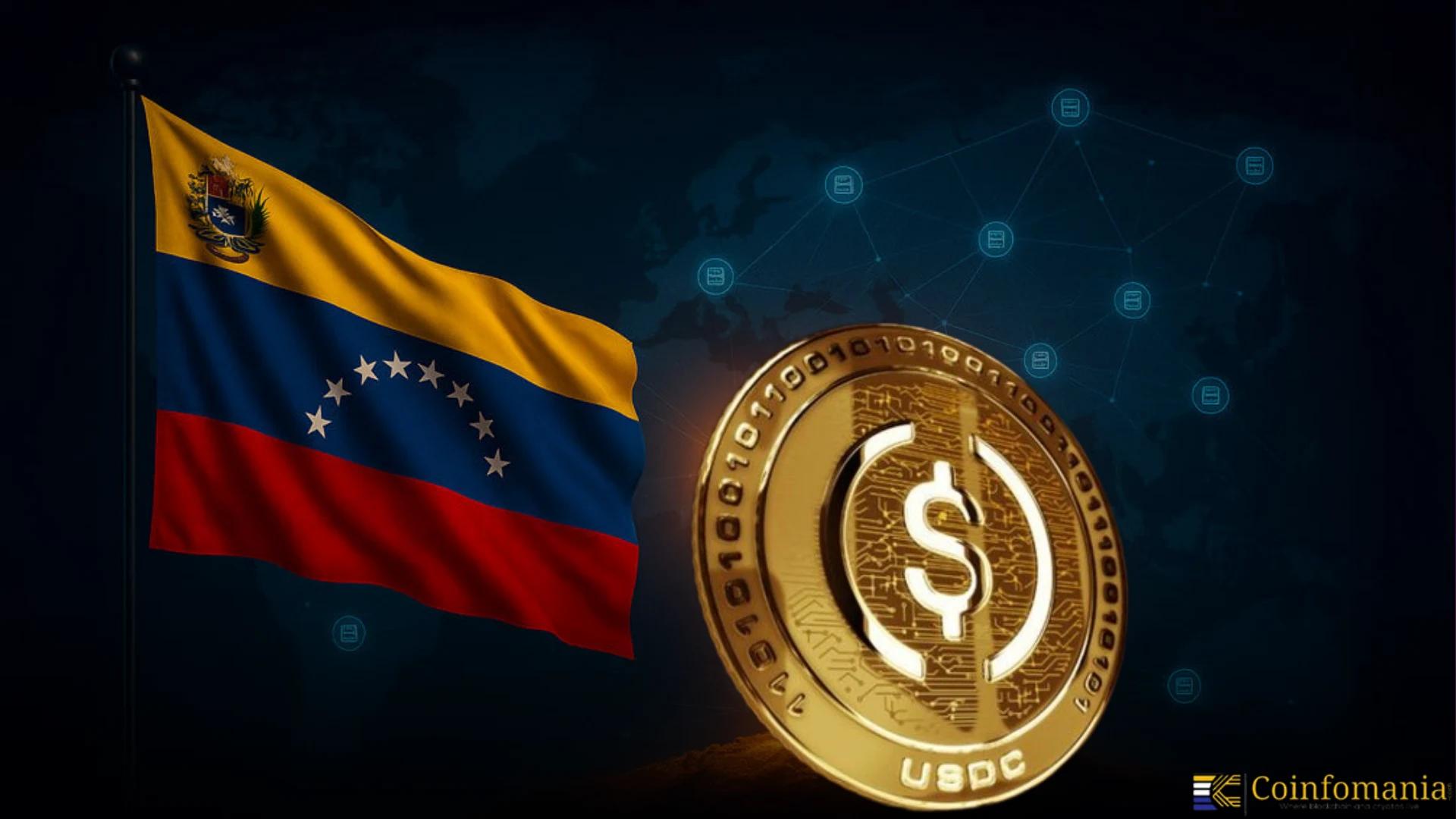Venezuela Embraces Stablecoins Amid Bolívar Collapse and Soaring Inflation!
Inflation and bolívar devaluation have hit Venezuela and are boosting its cryptocurrency use. The role of stablecoins like USDT as lifelines of payments, savings and salaries is restructuring daily finance in the face of economic and political insecurity.

Quick Take
Summary is AI generated, newsroom reviewed.
The bolivar of Venezuela has devalued by over 70% of its value, and inflation has rocketed to 229% by the month of May 2025.
People are moving to stablecoins such as USDT to use them as a daily payment/savings method.
Businesses are growing warmer to crypto, as some have even started to pay salaries in stablecoins.
U.S. sanctions and government crackdowns make it tricky to get but rely on cryptocurrencies.
Universities are even teaching courses in crypto because of its essentiality in the survival of the Venezuelan economy.
Economic Fallout Spurs Digital Currency Shift
Venezuela is undergoing a vast transformation in how the citizens will conduct their everyday lives in terms of finance. Since the government ceased defending it in October, the bolívar has fallen in value by over 70%, and inflation had jumped to 229% by May 2025. Traditional savings are basically disappearing, and everyday purchases are moving towards cryptocurrency adoption and stablecoins like USDT, as a secure system of preserving the value of both individuals and companies. This transition indicates the increasing importance of Venezuela in the global crypto market and the rise of digital currency adoption in countries in the developing world.
Stablecoins Become Everyday Currency
Cryptocurrencies, USDT in particular, are no longer a niche. Corner stores as well as national chains are both accepting stablecoins to make purchases with Binance and Airtm, and some companies are even paying staff salaries in crypto to preserve value. The demand for stablecoins increased by 110% in the period between mid-2023 and mid-2024, which put Venezuela in the top 15 markets in the world in terms of the rise in adoption of crypto.
Barriers and Government Suppression
Though this has been widely adopted, it does not come without a hitch. The U.S. sanction restricts the ability to access crypto exchanges, banks, and platforms, and companies like Binance must comply with the sanctions to various extents, particularly when they involve a sanctioned party. In the meantime, the government restricted political action, arresting operators of black-market crypto exchange rate websites and suspending independent inflation reporting, effectively driving people to digital currencies, stablecoins, and cryptocurrency adoption as a viable alternative.
Education and Institutional Uptake
The educational institutions are responding to the trend. One of the top universities in Venezuela currently teaches courses on digital finance and cryptocurrencies as a way to enhance financial literacy during the crisis. This institutional adoption is an indication of a greater movement: crypto is no longer peripheral, but is becoming a more and more accepted aspect of economic survival and adaptation.
Wrapping Up
The bolívar is imploding, and inflation in Venezuela is eating away at buying power; therefore, stablecoins such as USDT have become essential resorts in Venezuela. A desperate workaround has become ubiquitous financial infrastructure; it is accepted in shops, it is spent on salaries, and it is even taught in school classrooms. With the destabilisation of the economy and political stratification, the Venezuelan people are reimagining their economic scripts, entrenching them into the digital currency vision of cryptocurrencies in the unstable world.
Follow us on Google News
Get the latest crypto insights and updates.
Related Posts

Zcash Sees $90M+ Whale Outflows From Binance as Accumulation Grows
Shweta Chakrawarty
Author

Fundstrat Flags H1 2026 Crypto Correction, Tom Lee Backs ETH Upside
Shweta Chakrawarty
Author

New Bitcoin Whales Are Quietly Redefining the Market’s Price Foundation
Vandit Grover
Author